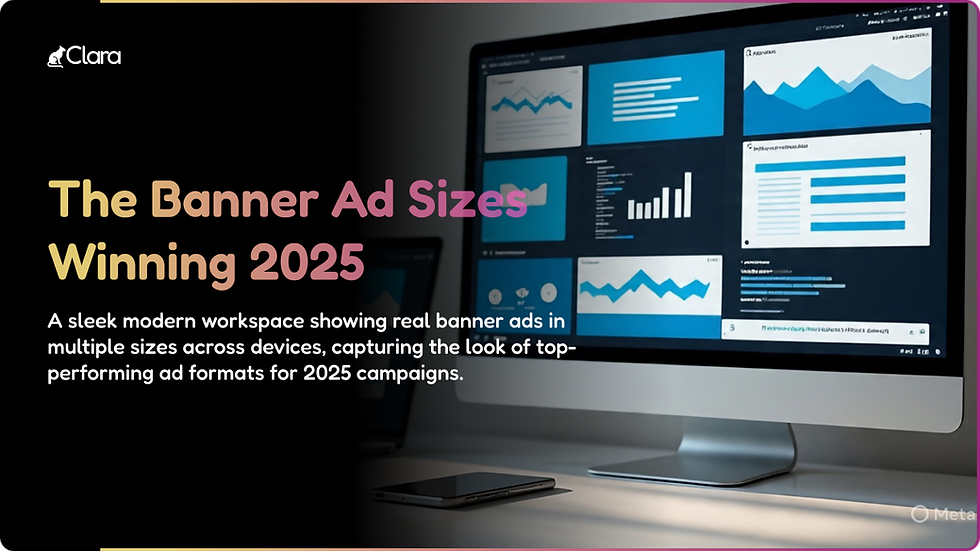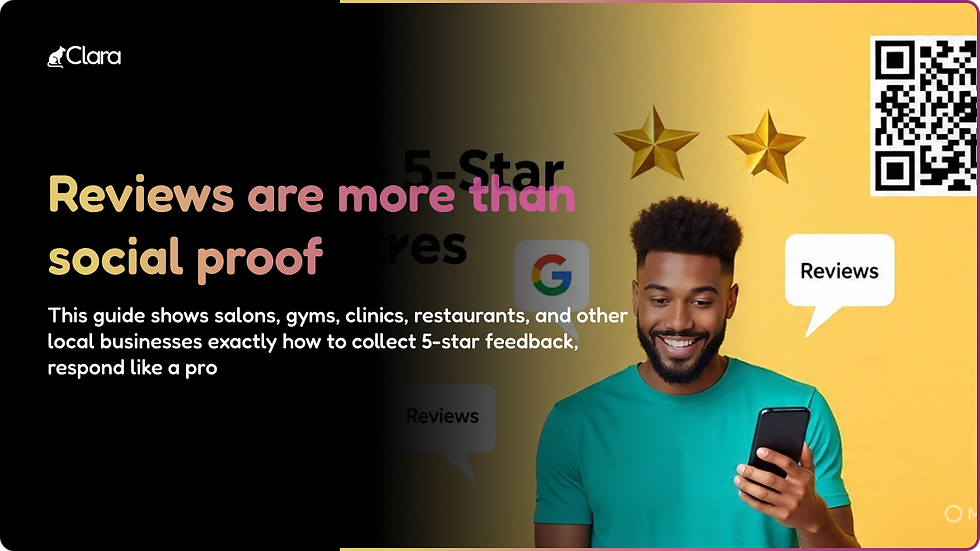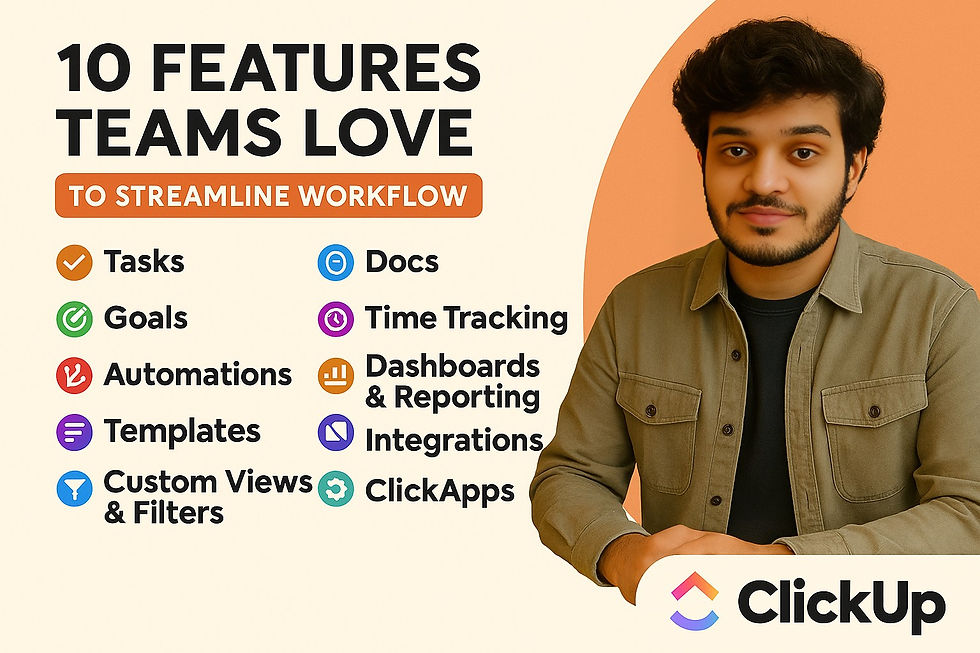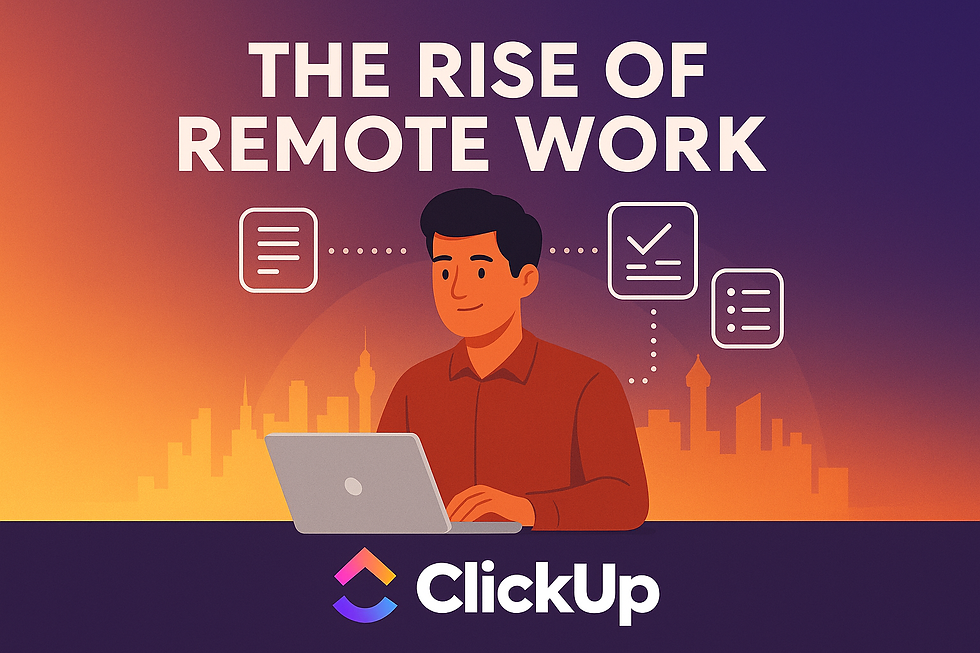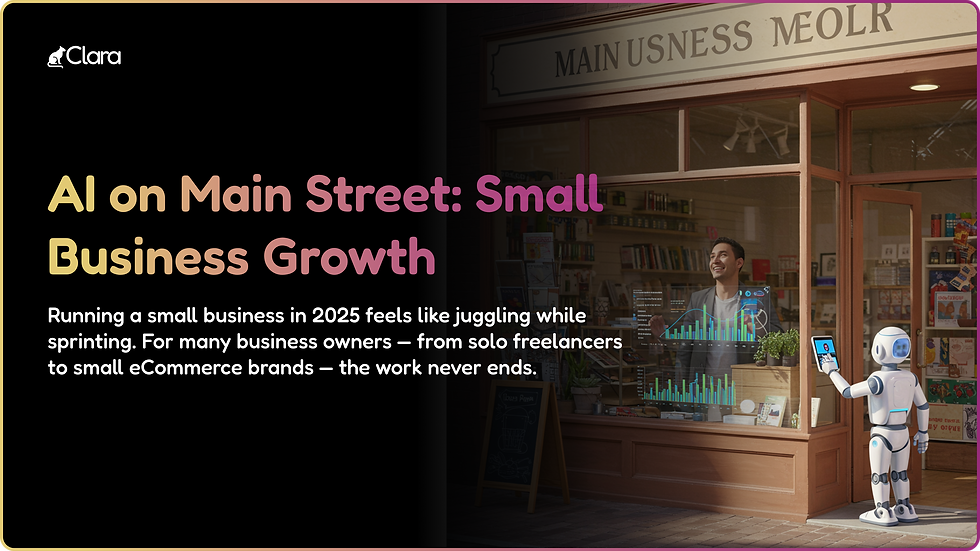- Dravya Bansal
- Nov 7, 2023
- 9 min read
The restaurant industry has rapidly changed over the past few years, with new technologies and reservation apps emerging. One of the most popular apps in this space is SevenRooms.
According to a recent study by Allied Market Research, reservation technology is becoming more widespread. The restaurant management software market plan to reach $17.1bn by 2031.
With the increasing demand for reservation management technology in the restaurant industry, many business owners may be on the lookout for SevenRooms alternatives.
In this article, we will compare 10 SevenRooms competitors in detail, highlighting their strengths and weaknesses, to help you choose the best reservation app for your restaurant.
Criteria for comparing reservation and guest management platforms
When comparing reservation and guest management platforms, there are several criteria to consider:
Features are essential to any reservation platform, including basic functionalities such as reservation and table management, guest CRM, marketing tools, and social media integration through a Reserve button.
Pricing is another critical factor, as it can impact your restaurant’s profitability.
Finding the right fit for your restaurant is also important, as different platforms may cater to different types of establishments, such as fine dining or casual dining.
Ease of use is another criterion, as it can impact the overall efficiency of a restaurant’s operations and how fast your staff can use a tool to its full capacity.
Customer support is also a significant factor as it ensures that issues or concerns are promptly addressed.
Considering these criteria when comparing SevenRooms competitors and alternatives can help you find the right platform for your restaurant business’s requirements and ensure a successful guest experience.
10 SevenRooms competitors
Eat App
Eat App is a top-rated restaurant reservation and table management platform that helps restaurants increase efficiency and revenue through real-time reservations, marketing automation, and guest data management.
Eat App is recognized for assisting restaurants in optimizing their host stand and automating tasks, saving numerous hours each month. Furthermore, the app allows restaurants to comprehend their customers’ preferences by collecting and analyzing data, which can help better customer relationships.
The platform features table and waitlist management in real-time, communication tools, feedback collection, and a complete customizable floor plan.
Eat App is ideal for restaurant owners and managers who want to improve their operations and enhance the customer experience, whether they are tech-savvy or still using paper-based reservation systems.
On the other hand, SevenRooms is often said to be challenging to navigate, and the learning curve for restaurant staff can be pretty steep. Although it offers many of the same features as Eat App, it could be more user-friendly.
Finally, Eat App offers an abundance of functionalities even as part of its free plan, and its higher-tier subscription options are also more reasonably priced. SevenRooms does not have a publicly available pricing structure, though user reviews have reported that their plans are expensive and tailored specifically to each business.
Eat App’s pricing options:
Free — $0/month (50 covers per month)
Starter — $69/month (500 covers per month)
Basic — $139/month (unlimited covers per month)
Pro — $239/month (full stack guest experience tools)
Quandoo
Quandoo is a global platform that provides restaurant reservation and table management services. Its features include real-time reservations, waitlist management, and marketing tools. Quandoo also has a loyalty program that rewards customers for repeat visits.
SevenRooms, on the other hand, is a more comprehensive guest management platform that includes features beyond reservations and table management to avoid double booking.
Compared to SevenRooms, Quandoo offers a pricing structure that is more transparent and easier to understand. SevenRooms does not provide transparent pricing, and instead, restaurants are offered a custom flat fee after they contact the management of SevenRooms for a demo. According to some reviews, SevenRooms can have a more complicated pricing structure.
Moreover, SevenRooms tends to be better suited for high-end restaurants and hospitality groups, which is evident in its stack of features and navigation system. In comparison, Quandoo offers a simpler user interface, though with fewer functionalities as well.
Overall, Quandoo might be a better option for smaller restaurants looking for a cost-effective solution, while SevenRooms might be a better fit for larger establishments with more complex needs.
Quandoo’s pricing options:
Basic — $50/month + $3.50 fee per reservation (after their one-off $749 setup fee)
Premium — $99/month + $3.50 fee per reservation (after their one-off $1499 setup fee)
ResDiary
ResDiary is another restaurant management platform offering table management, online booking, pre-orders, and customer profiling features. It also integrates with various payment gateways, accounting software, and marketing platforms.
ResDiary has a user-friendly interface that allows for easy navigation and customization. Its dashboard displays real-time data and analytics, making tracking restaurant performance and revenue management easy.
To compare, SevenRooms has a complex interface that may require more onboarding and training to master. However, it also offers high customization and flexibility to meet specific restaurant needs.
ResDiary does not offer 24/7 customer support but provides extensive training materials and resources to help users get started. SevenRooms offers 24/7 customer support via phone, email, and online help desk software.
ResDiary has tiered pricing plans based on the number of covers per month, starting from €99 per month. Custom pricing is also available for larger restaurants and groups. SevenRooms does not have transparent pricing and offers a tailored flat fee after the demo. According to reviews, it can be more expensive than other platforms.
Overall, ResDiary is suitable for smaller to large restaurants, multi-chain venues, and hotel groups. SevenRooms is best suited for fine-dining restaurants, upscale bars, and nightclubs that require high customization and personalization.
ResDiary’s pricing options:
Connect — €99/month
Express — €129/month
Pro — €189/month
Ultimate — €289/month
OpenTable
OpenTable is a popular restaurant management software known for its vast network of diners, making it a top choice for customers looking to discover new restaurants and make reservations. The platform offers guest management tools, table management, waitlist management, and marketing tools.
SevenRooms, in comparison, focuses more on personalized guest experiences, with features like guest profiles, targeted marketing, and upselling tools. It also offers integrations with other hospitality technologies, such as POS systems and loyalty programs.
OpenTable has a user-friendly interface for both restaurants and customers, with a simple reservation process and easy navigation. SevenRooms also has an intuitive interface, but it may take some time for users to understand and utilize all of its features fully.
SevenRooms offers 24/7 support options, and users have also positively reviewed its personalized customer care with a dedicated account manager for each restaurant. OpenTable’s support is more standardized with a help center, email, and phone support — they do not offer around-the-clock support.
OpenTable’s pricing structure is based on a per-reservation fee and monthly subscription fee, which can be customized based on the restaurant’s needs. SevenRooms does not have transparent pricing and offers a tailored flat fee after a demo.
OpenTable is suitable for restaurants of all sizes, from small independent establishments to large chains. SevenRooms is best suited for high-end restaurants and hotels looking to offer personalized guest experiences and integrate with other hospitality technologies.
OpenTable’s pricing options:
Basic — $39/month + $1.50 per network cover + $0.25 per booking widget cover
Core — $249/month + $1 per network cover
Pro — $449/month + $1 per network cover
serVme
serVme is another restaurant reservation and guest management platform allowing customers to book tables and order meals using mobile devices. serVme also offers guest feedback collection, marketing tools, and reporting features.
In comparison, SevenRooms offers more features for guest management, such as customizable guest profiles and automated marketing campaigns.
Both platforms have user-friendly interfaces, but the feedback on serVme’s mobile app is that it is intuitive for guests. SevenRooms has a steeper learning curve due to its more extensive features.
However, while SevenRooms offers a dedicated customer success manager for each restaurant and has 24/7 support options, serVme’s customer support is lacking in comparison.
Neither SevenRooms nor serVme has publicly listed their pricing structures.
To sum up, as opposed to SevenRooms, serVme is best suited for smaller to medium-sized restaurants that want a straightforward reservation and guest management platform with a user-friendly mobile app for guests.
TableIn
TableIn is another popular reservation management platform. It comes with features like table and waitlist management, online reservations, and customer data management. It also includes marketing tools and reporting and analytics.
SevenRooms offers similar and additional features, such as a guest CRM, payment processing, and event management.
Both platforms offer user-friendly interfaces, but TableIn’s interface is considered to be more intuitive and straightforward, making it easier for restaurant staff to get used to using the app itself and streamlining it into their operations.
Both TableIn and SevenRooms offer 24/7 customer support.
TableIn offers a variety of pricing plans based on the number of seats in a restaurant and the features included. The pricing is transparent and predictable, without hidden fees or long-term contracts. SevenRooms offers tailored pricing plans based on a restaurant’s specific needs, which can make it more expensive and complex.
To sum up, TableIn is best suited for small to mid-sized restaurants that need a simple and affordable reservation and guest management system.
TableIn’s pricing options:
Basic — $99/month (315 reservations per month)
Pro — $149/month (unlimited reservations per month)
resOS
resOS is a restaurant management software that offers a range of tools for managing reservations, menus, and customer data.
Both SevenRooms and resOS offer features such as real-time table management, waitlist management, guest communication tools, and feedback collection. However, SevenRooms also offers features such as online ordering and marketing automation, which resOS does not provide.
SevenRooms and resOS both have user-friendly interfaces, but resOS has a more modern and intuitive design that may be easier to navigate.
However, SevenRooms offers 24/7 customer support, while resOS provides support during business hours only.
Ultimately, SevenRooms is geared more towards high-end and luxury restaurants that require extensive features, while resOS is better suited for mid-range and casual restaurants that need a reliable and cost-effective reservation system.
resOS’ pricing options:
Free — $0/month (25 bookings per month)
Basic — $35/month (350 bookings per month)
Plus — $65/month (750 bookings per month)
Unlimited — $95/month (unlimited bookings)
Booking Ninja
Booking Ninja is a simple and intuitive online reservation system for restaurants, cafes, and bars. It offers table management, waitlist management, guest messaging, and online ordering.
Compared to SevenRooms, Booking Ninja has a straightforward pricing structure, with a free plan and the rest of them starting at low price points.
However, SevenRooms offers a wider range of features, including integrations with third-party platforms and advanced CRM tools to help businesses personalize their interactions with guests.
The thing that stands out the most in user reviews is Booking Ninja’s excellent customer support. Despite the occasional glitch in the system, customers seem extremely pleased with the level of service and responsiveness provided.
Booking Ninja’s pricing options:
Basic — $0/month (50 bookings per month)
Premium — $59.95/month (unlimited bookings per month)
Gold — $94.95/month (bespoke and custom service for large-scale operations)
Yelp Guest Manager
Yelp Guest Manager is a cloud-based restaurant management system that provides restaurants with tools for managing their waitlist, reservations, and guest information.
In contrast with SevenRooms, Yelp Guest Manager has a more narrow focus on waitlist and reservation management. It offers fewer advanced features for guest engagement and marketing.
However, Yelp Guest Manager has the added advantage of providing a wider reach and visibility than most other similar platforms, thanks to its integration with Yelp’s online restaurant review platform. This allows restaurants to respond to reviews and engage with customers directly on Yelp.
Yelp Guest Manager’s pricing options:
Basic — $99/month (up to 500 booked covers)
Plus — $299/month (unlimited monthly covers)
Enterprise — custom pricing for restaurants looking for a fully-integrated ecosystem
TableCheck
TableCheck is an all-in-one restaurant management system that offers table reservation, waitlisting, and customer management solutions.
It comes with many features, including real-time table availability, guest surveys, booking history, POS and PMS (property management system) integration, and more.
SevenRooms offers many of the same features but with a slightly more complex user interface, according to user reviews.
TableCheck offers customer support via phone, email, and live chat during business hours. SevenRooms provides 24/7 customer support via phone, email, and their online help center.
TableCheck and SevenRooms have yet to make their pricing options publicly available, and interested users need to contact the companies to get a quote. Typically, SevenRooms’ pricing is based on a custom flat fee, which can be more expensive than some competitors.
SevenRooms competitors: comparison table
Why search for SevenRooms competitors?
Based on recent user feedback, there are a few key reasons someone might want to switch from SevenRooms:
No transparent pricing. Although some customers have reported that SevenRooms can be expensive, the platform’s pricing model is not publicly available. Restaurant owners need to contact their sales team to get a demo and a price quote for their business.
User interface. While many users appreciate the depth of features that SevenRooms offers, some have criticized the platform’s user interface as being cluttered and difficult to navigate. This results in a steep learning curve for restaurant staff.
Technical and security issues. Some users have left reviews expressing their frustration over technical and security issues with the platform, including bugs and glitches that have impacted their ability to use SevenRooms effectively and securely.






